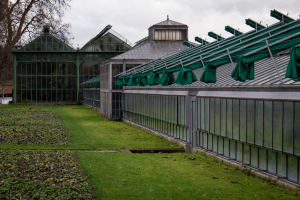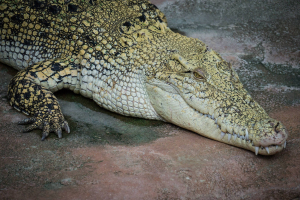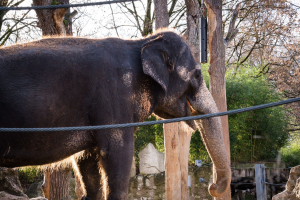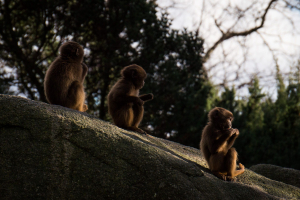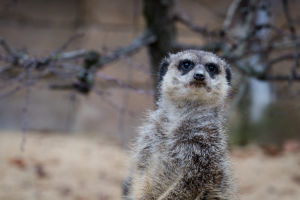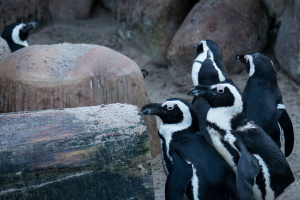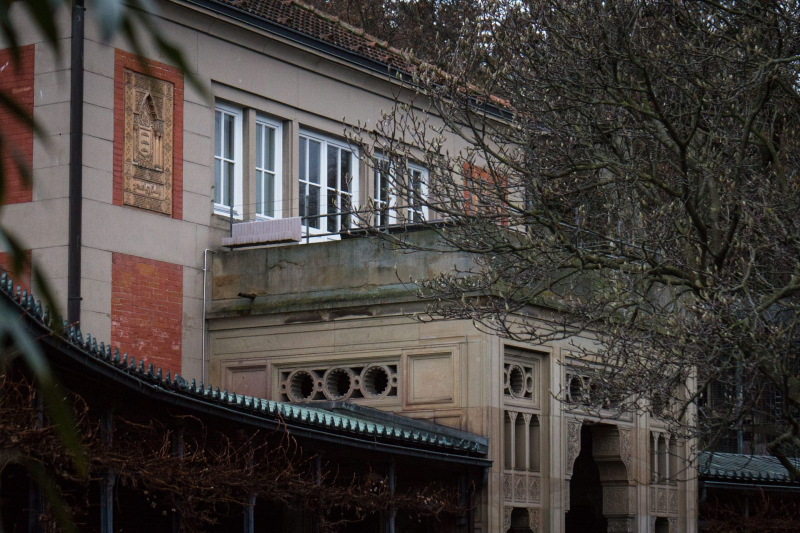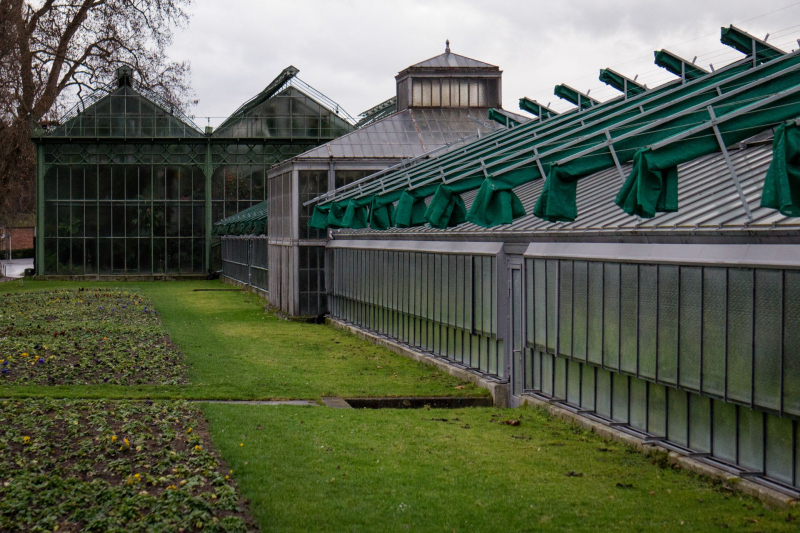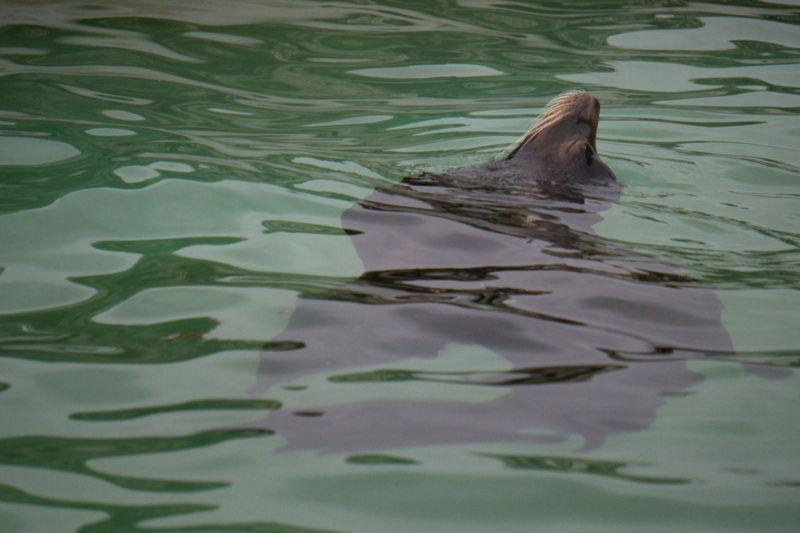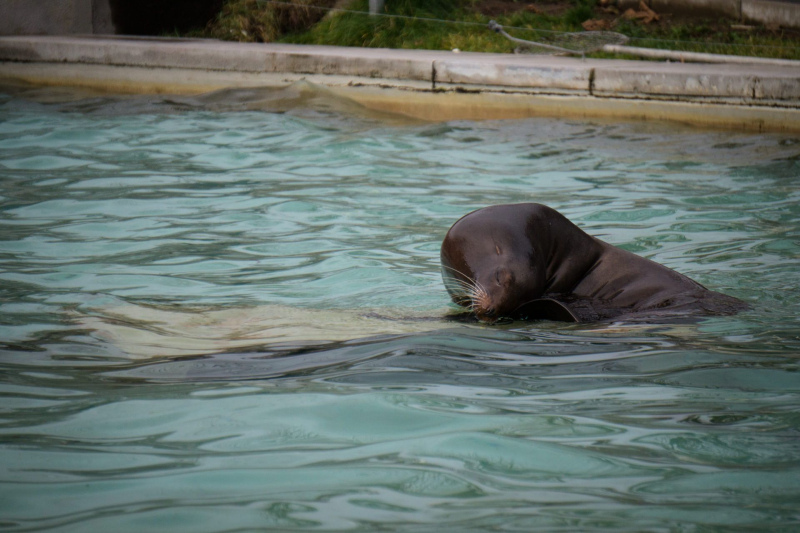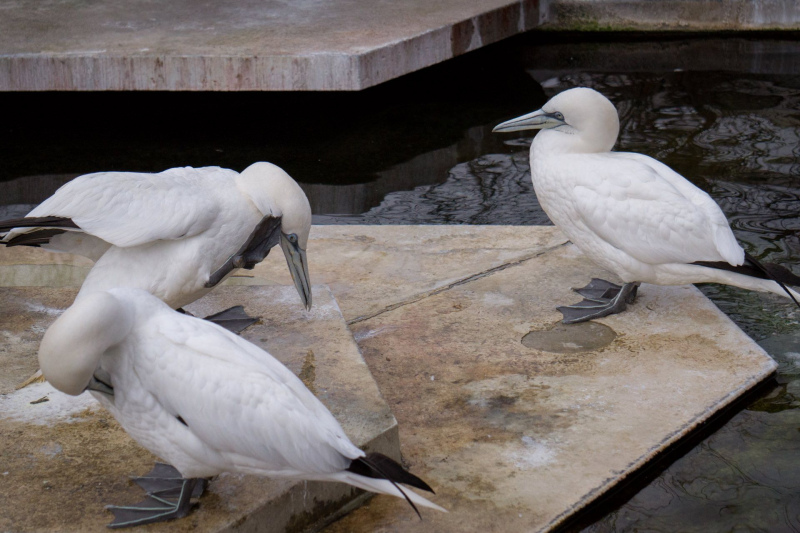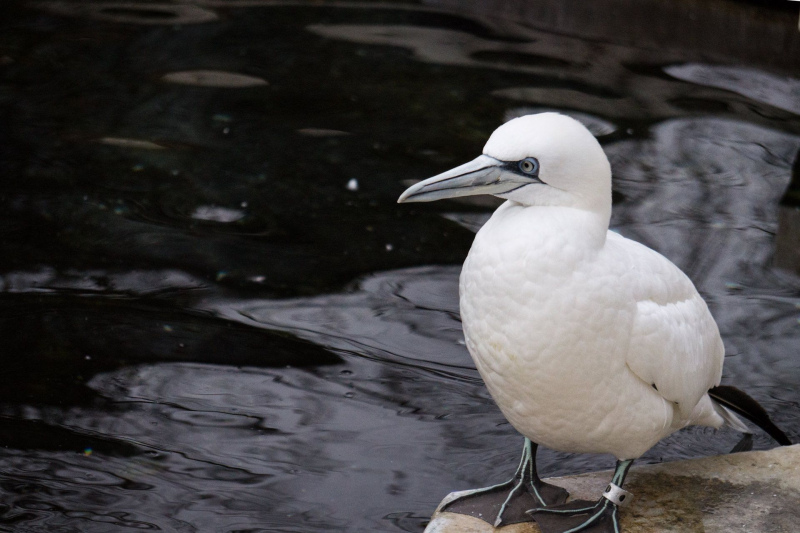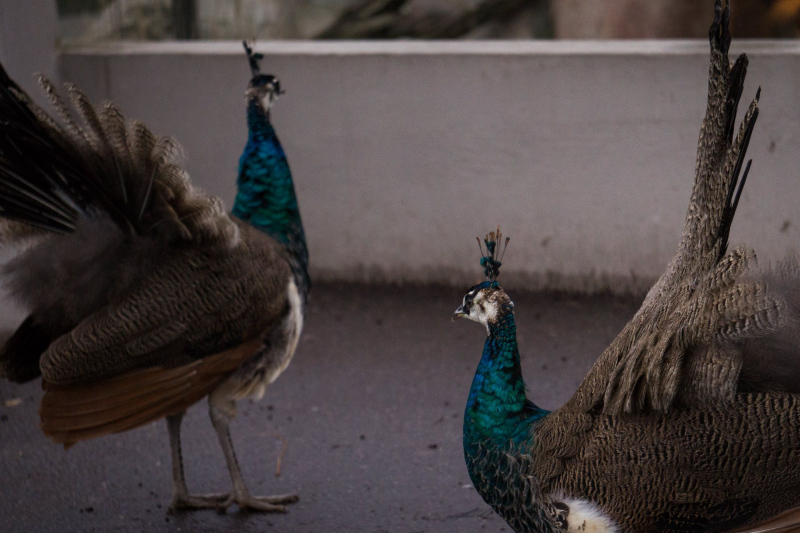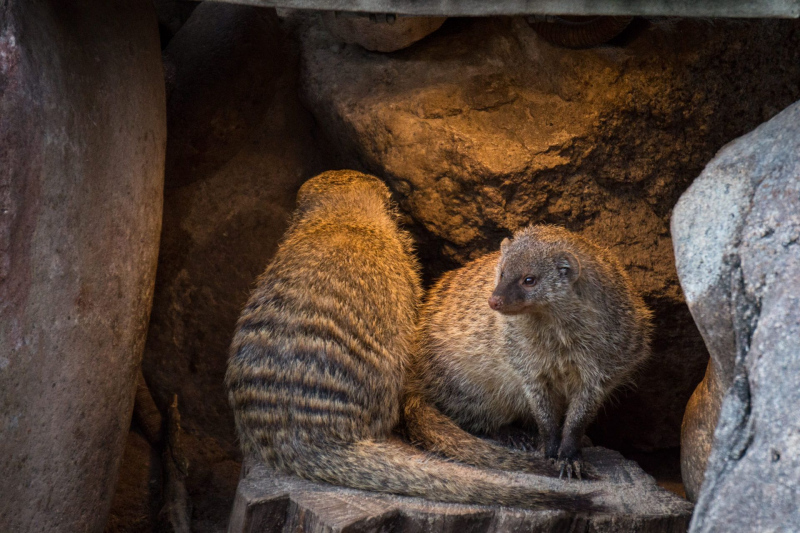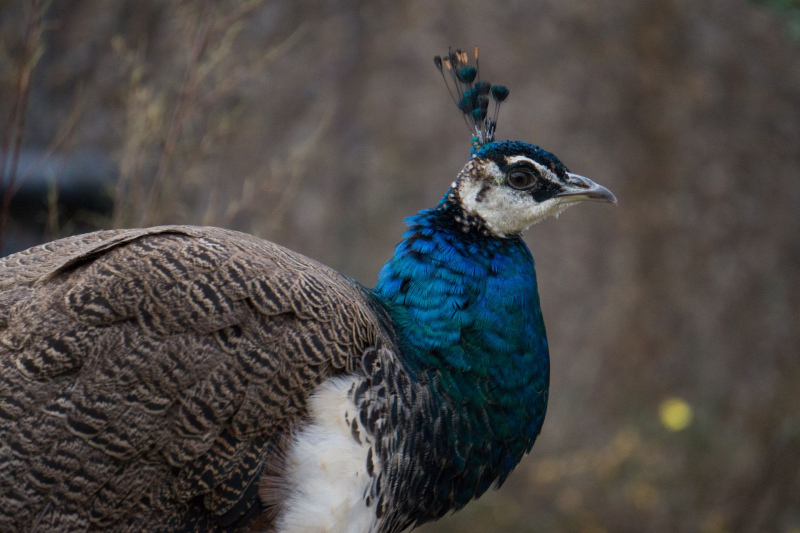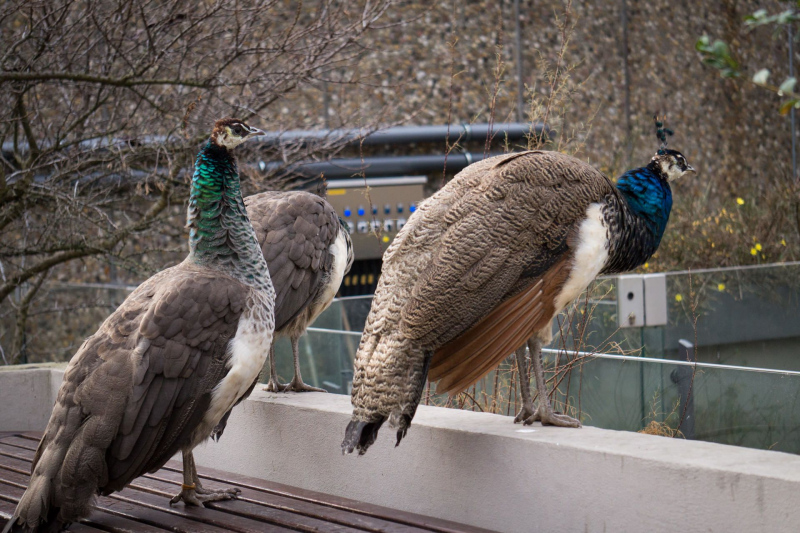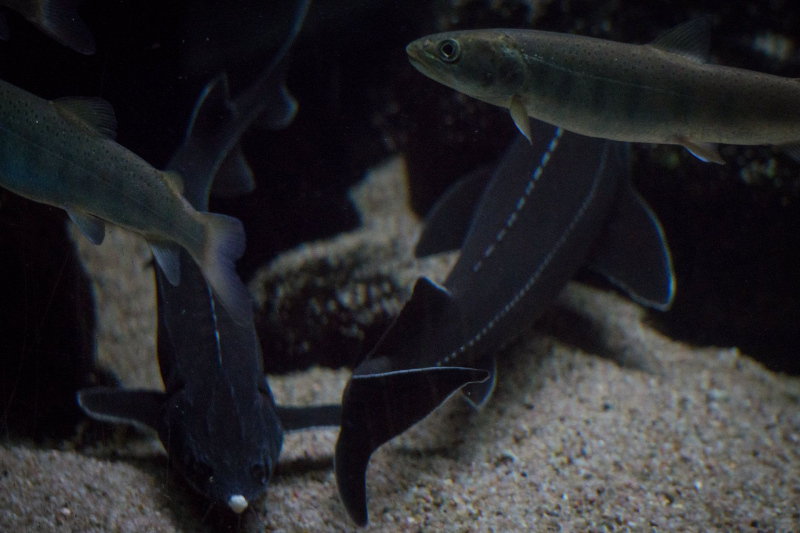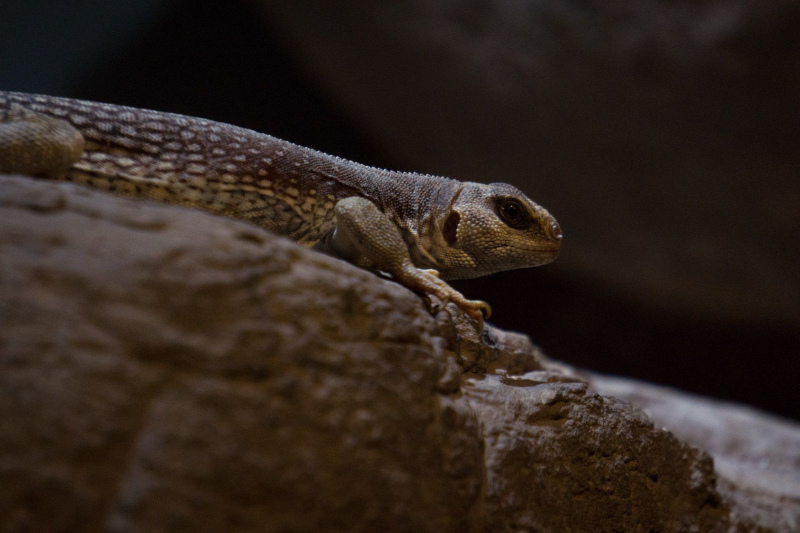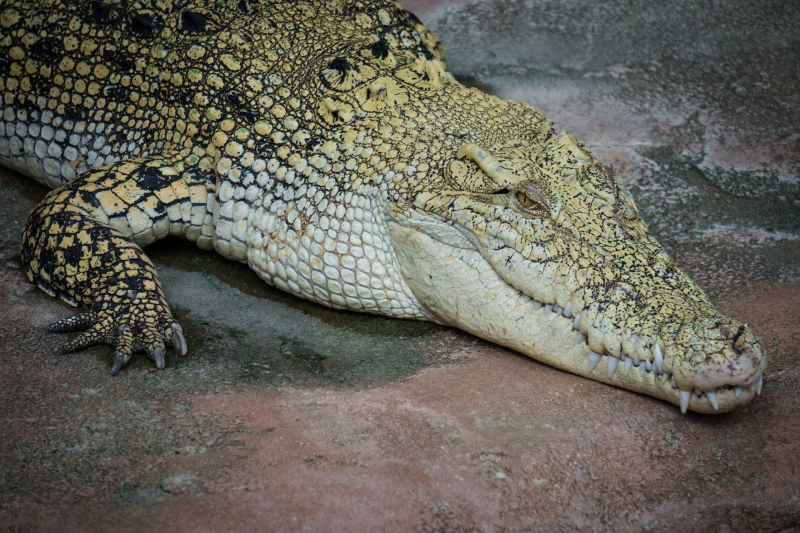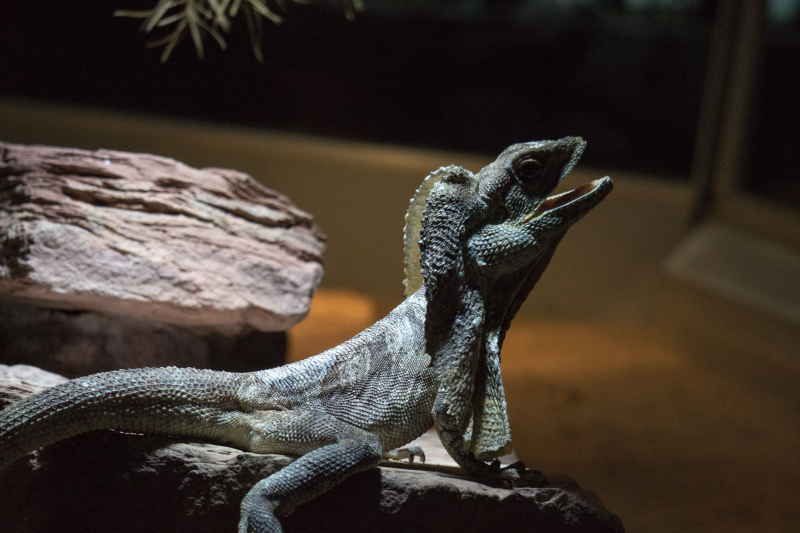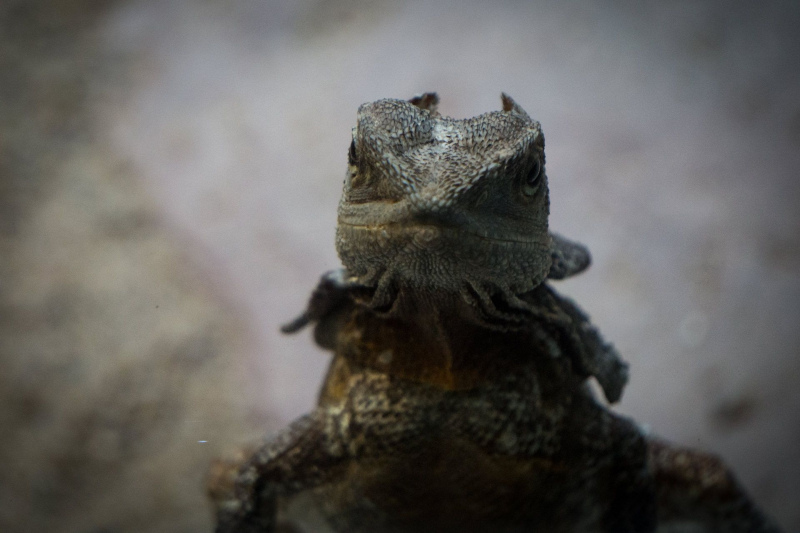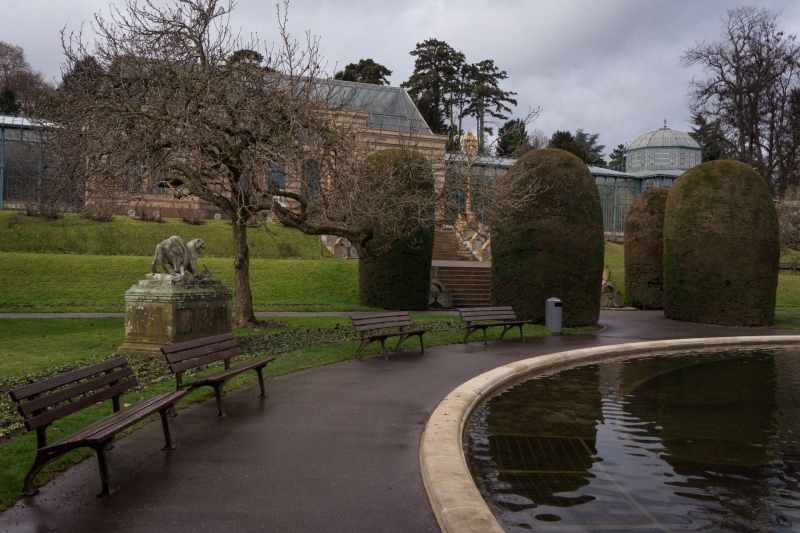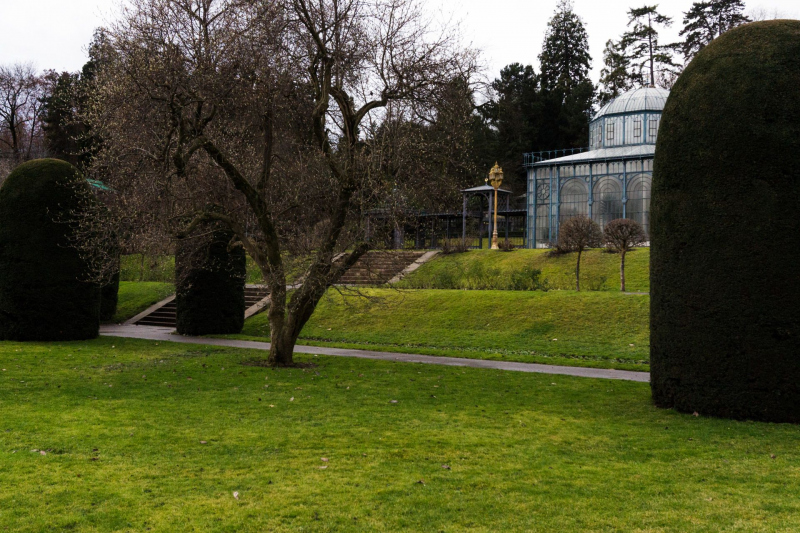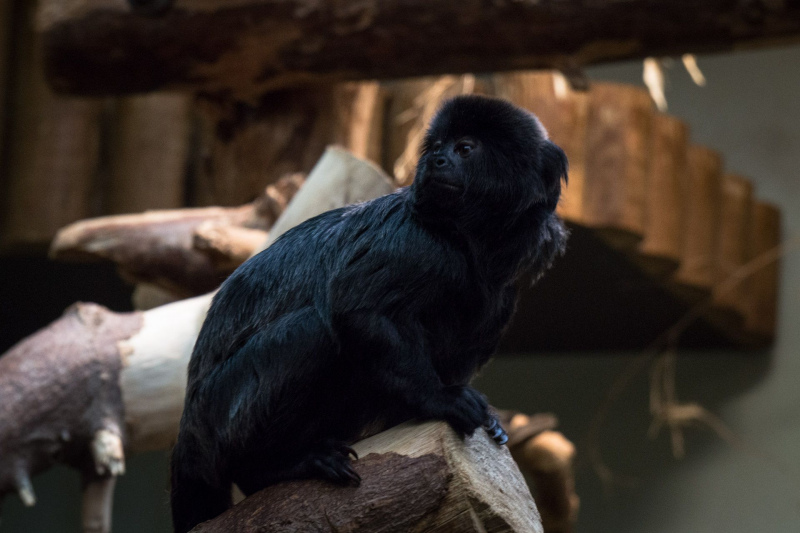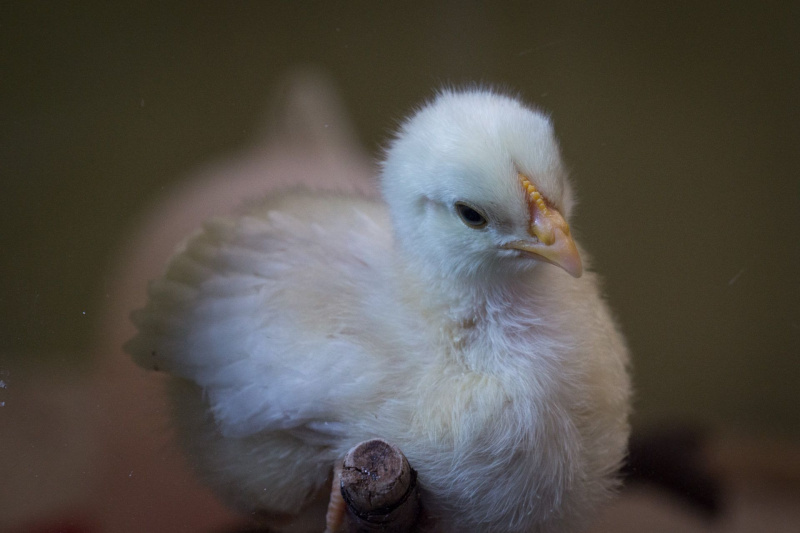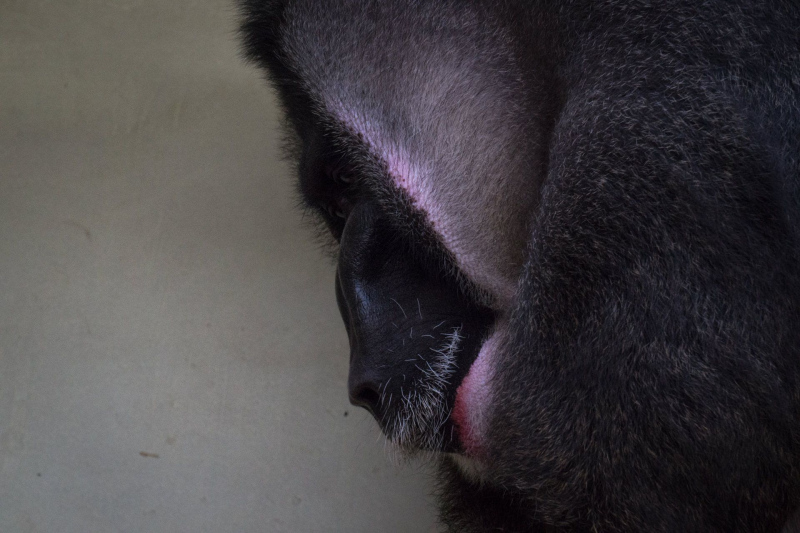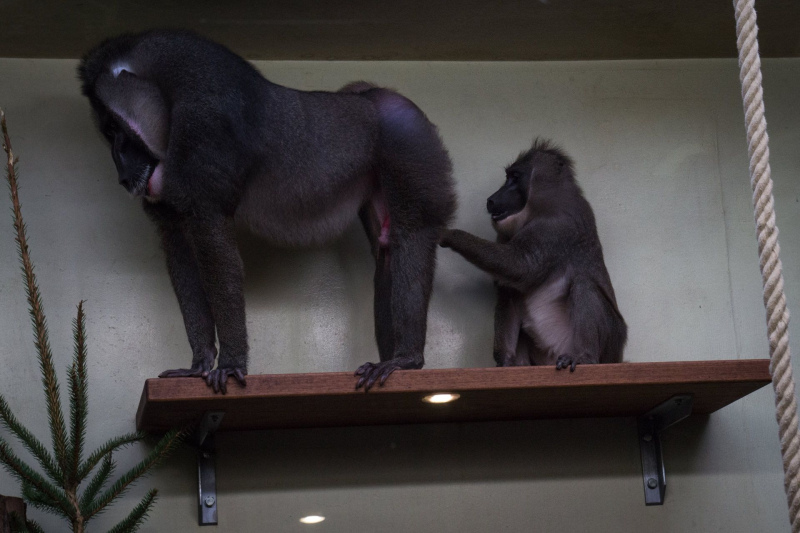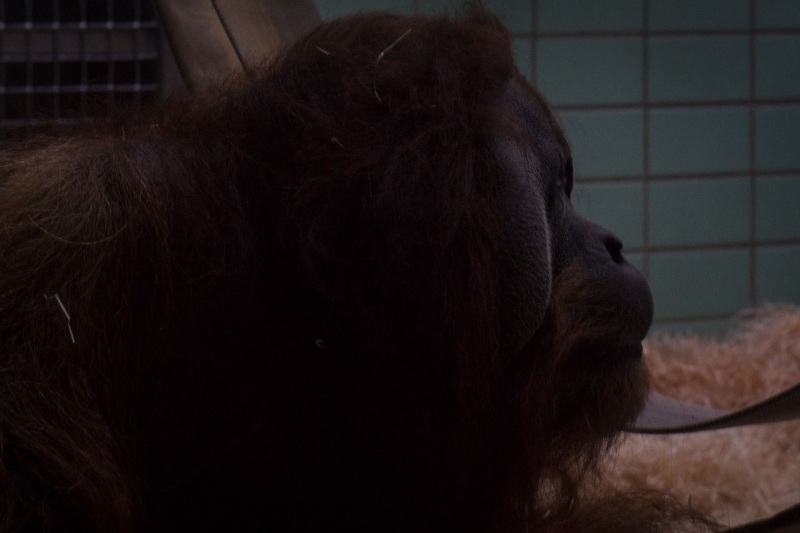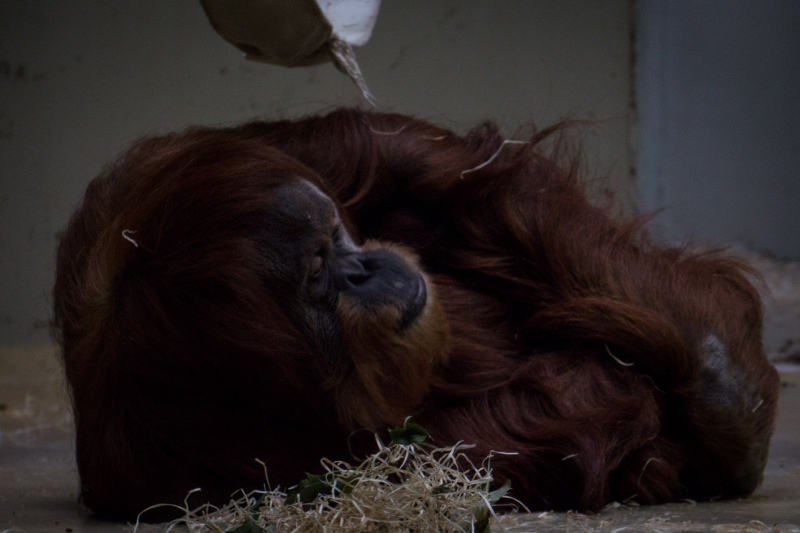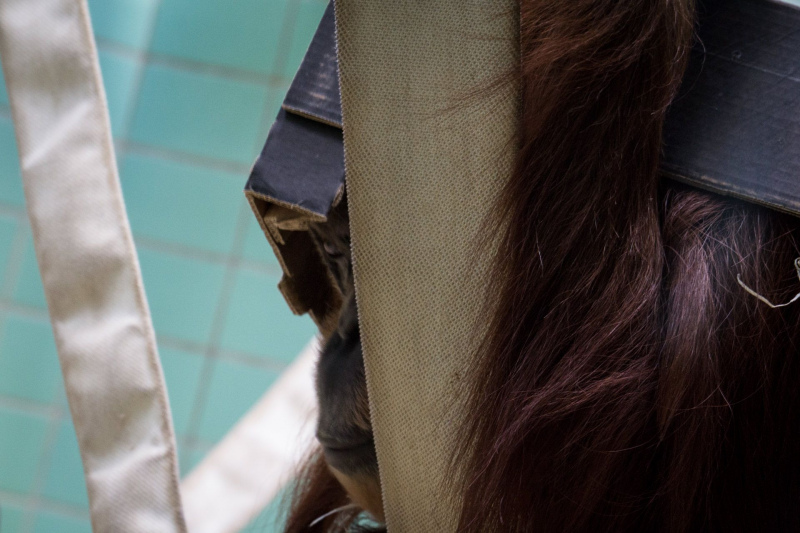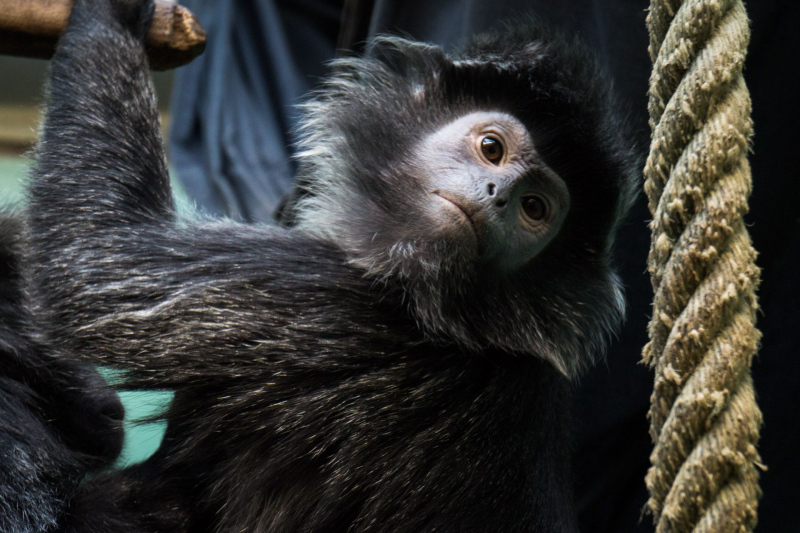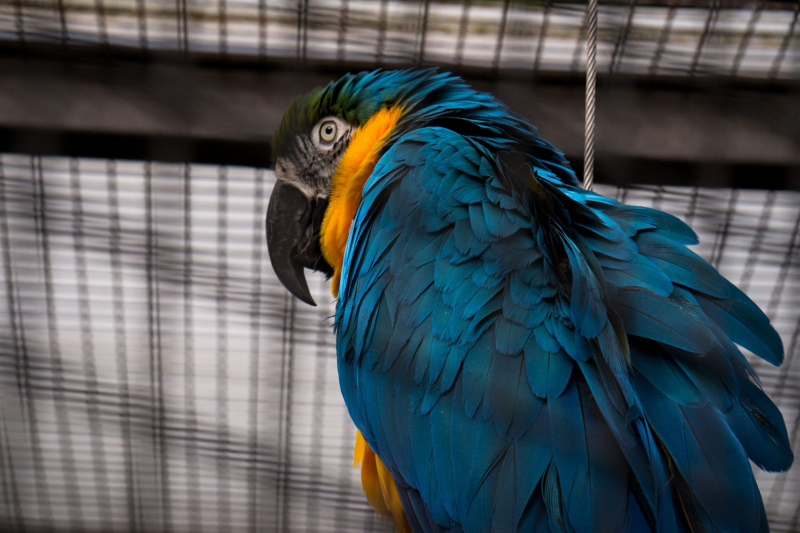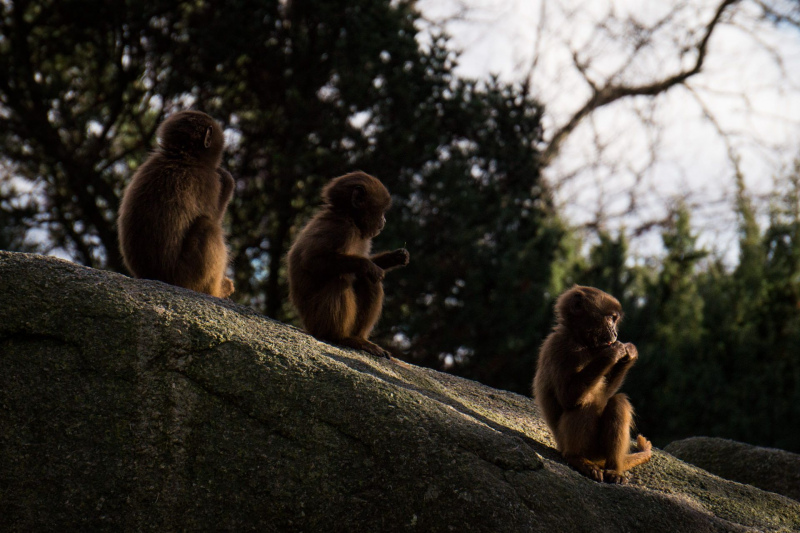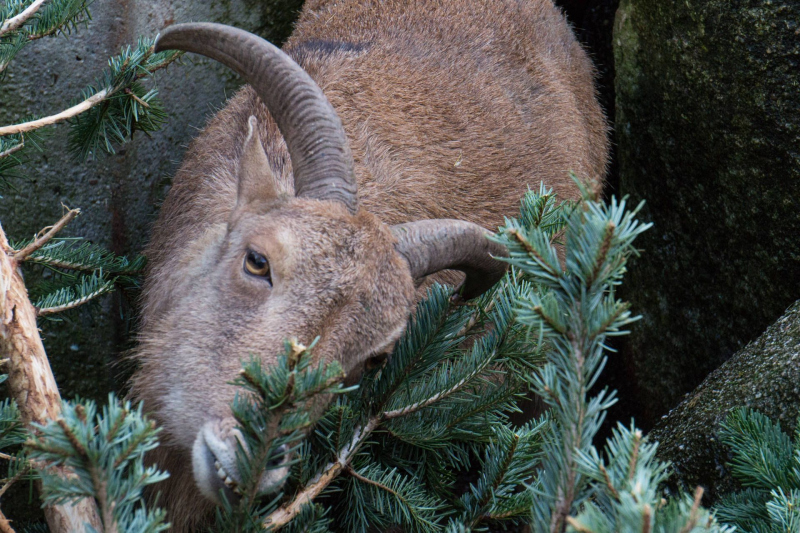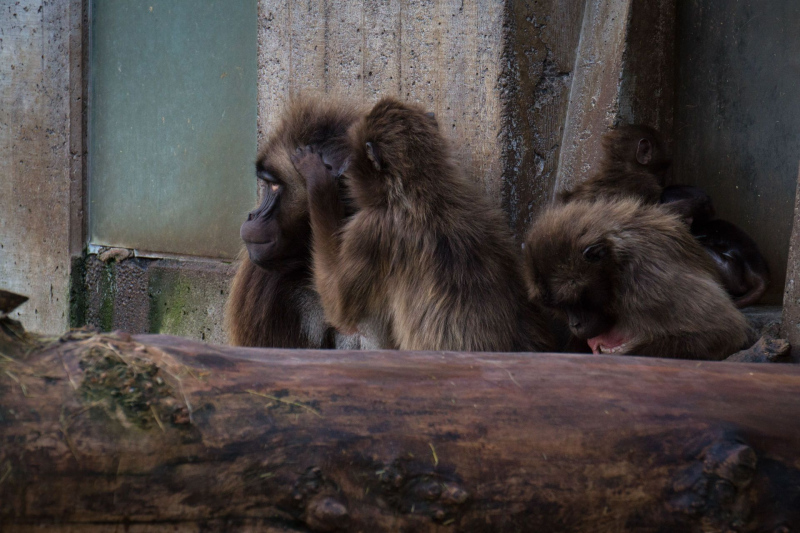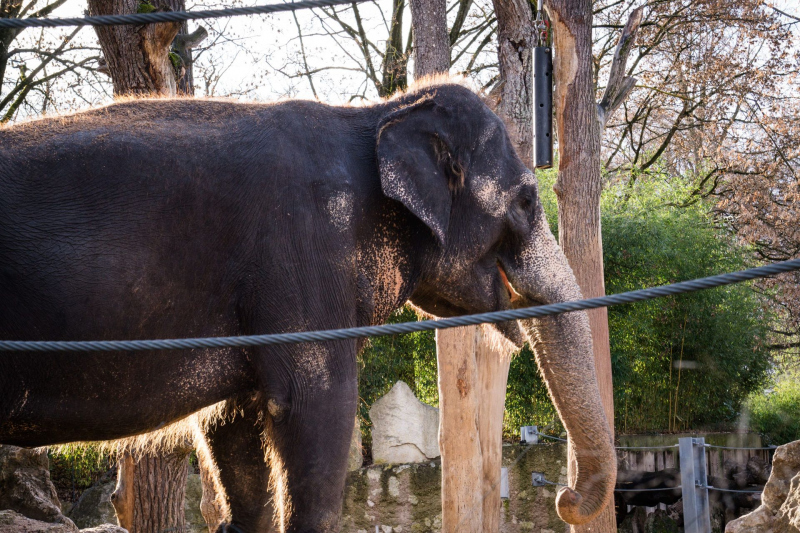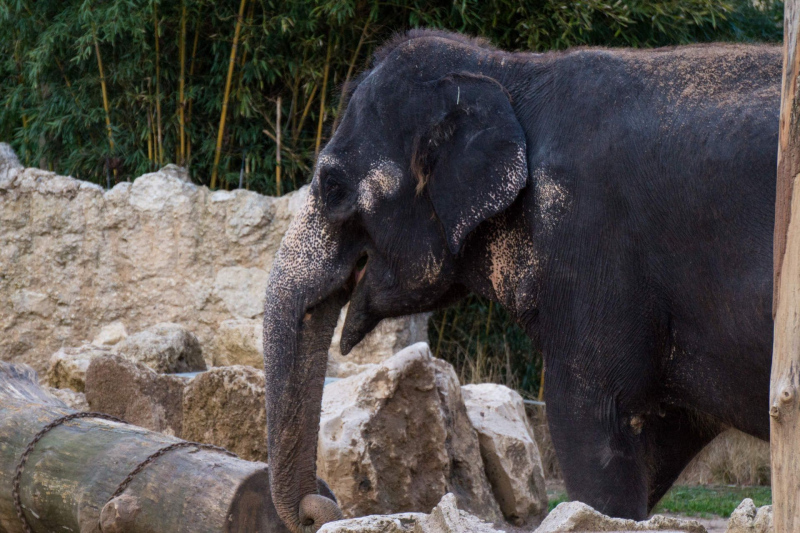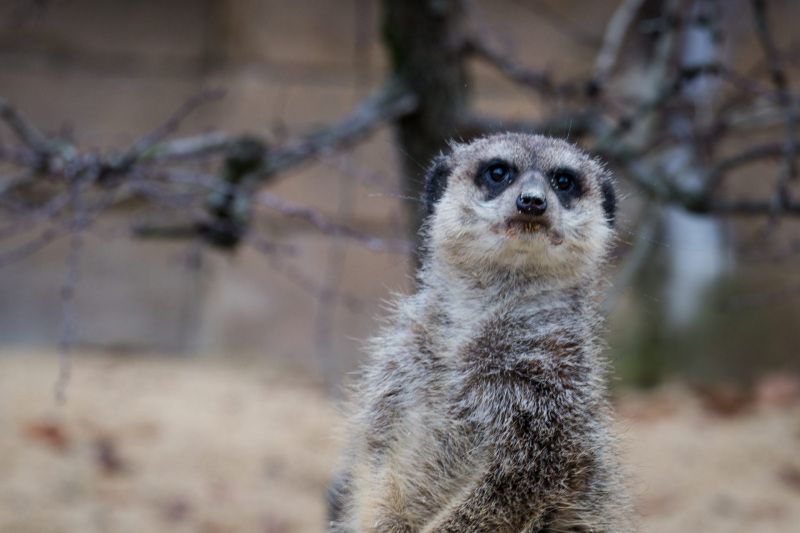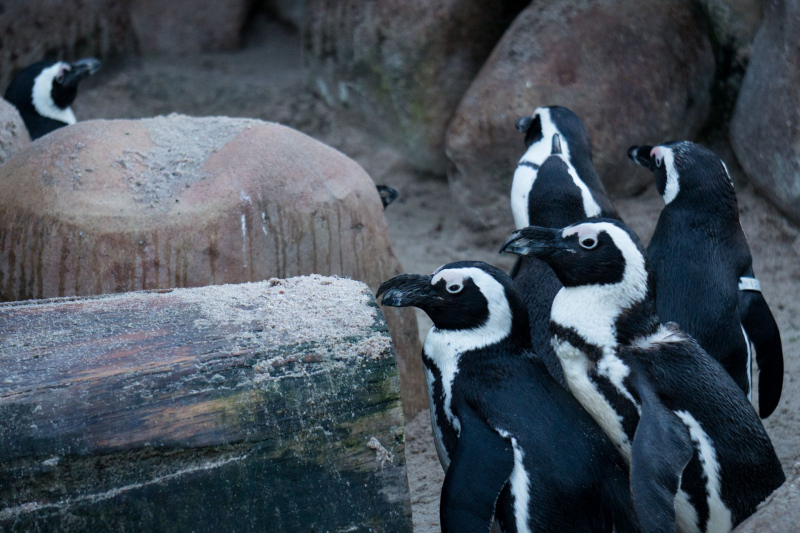Wilhelma
The zoological and botanical garden Wilhelma in Stuttgart has its origin in the year 1829, where neither the botany and zoology played a role. The king of Württemberg Wilhelm I planned a bath house in the park of rosenstein’s castle after some mineral springs were found. Due to the high costs, it took a few years until the groundbreaking ceremony in 1842. On the advice of the architect Karl Ludwig von Zanth, the bath house became the Moorish country house. For the wedding of the crown prince in 1846, the Wilhelma, which now consisted of several buildings, pavilions and greenhouses, was officially inaugurated.
After the dissolution of the Württemberg court the Wilhelma went into state ownership in 1918/19. From then on, the Wilhelma was open to the public as a botanical garden and was even used in 1939 as part of the Reichsgartenschau. Heavily damaged by bombing in 1944, the park was reopened in 1949.
With the reopening, the first animals moved into the park. In the following years an aquarium and bird show, as well as various animal exhibitions of different subjects were presented. The number of animals gradually added up and thus in 1953 a zoological Garden formed.
With the approval of the Baden-Württemberg state parliament on the further expansion of Wilhelma to the zoological and botanical garden in 1961, new buildings were created, which still characterise the park landscape today. Thus, the enclosures have mostly the charm of a zoo of the 1970s. Although some enclosures are built very interesting, you mostly look at dismal fences or walk through dreary animal houses. Really nice and modern, however, are the enclosures from the 1990s onward, where species-appropriate animal husbandry is respected. Particularly of interest are the African ape house and the Amazon house.
Pictures Wilhelma
Conclusion Wilhelma
The Wilhelma is a beautiful, albeit slightly confusing park, where you automatic stay slightly longer then expected due to the topographical location of the park. Despite its 2.4 million visitors a year, the gastronomic offer in the park is manageable and nice at the bottom, as well as at the top of the park. In this regard, if you look at the less visited, but outstanding, zoos in Hannover and Hamburg the state is slightly surprising, e.g. the only country-led zoo in Germany seems to be slightly sluggish in the renovation of its old enclosures. On the other hand, the entrance fee to Wilhelma is favorable, which is why a visit to Germany’s second species-richest zoo is worthwhile.
What is your opinion about the Stuttgart Zoo Wilhelma? Just write it in the comment field below the report or visit our social media channels:



